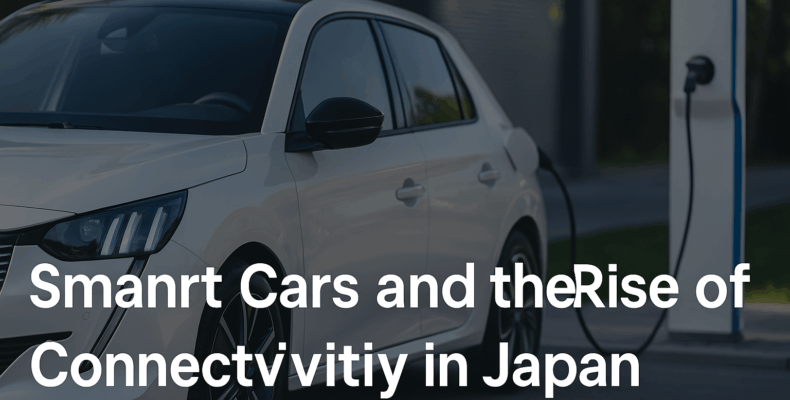How Japanese Automakers Are Building the Internet of Cars
Imagine a car that not only drives you safely from point A to B, but also communicates with the cloud, traffic systems, your smartphone, and even your home. This is no longer science fiction — it’s the reality of connected cars, and Japan is helping to lead the global shift.
Japanese automakers are integrating smart connectivity into everyday vehicles, creating cars that are not just driven, but interactive, intelligent, and aware. Let’s explore how Japan’s smart car revolution is transforming mobility.
1. What Is a Connected Car?
A connected car uses built-in internet access and wireless communication to link with:
-
Other vehicles (V2V)
-
Road infrastructure (V2I)
-
Cloud services (navigation, music, updates)
-
Smartphones and smart homes
These cars offer:
-
Real-time traffic info
-
Over-the-air updates
-
Remote access and monitoring
-
Enhanced safety and efficiency
2. Key Connectivity Technologies in Japanese Cars
🚘 T-Connect (Toyota)
Toyota’s proprietary system links drivers with:
-
Real-time traffic & weather updates
-
AI voice assistance
-
Emergency call support (HELPNET)
-
Remote vehicle management via smartphone
🚘 Honda CONNECT
An advanced infotainment suite with:
-
Smart voice recognition
-
Real-time vehicle diagnostics
-
Cloud-based navigation and personalization
🚘 NissanConnect
This system integrates with Google and Amazon Alexa to provide:
-
Remote engine start/stop
-
Route planning and car tracking
-
Smart device synchronization
🚘 Mazda Connect
Mazda’s system features minimal distractions, with:
-
Simple rotary controls
-
Smartphone integration
-
Cloud-powered updates and voice control
3. Safety Benefits of Connectivity
Smart cars go beyond comfort — they’re also about proactive safety:
-
V2V communication can warn drivers of sudden stops ahead
-
Real-time traffic alerts help avoid accidents and congestion
-
Remote diagnostics can prevent mechanical failures
-
Emergency responders can be automatically notified after a crash
4. Connected Cars and Sustainability
Connectivity also improves fuel efficiency and energy management. Some systems:
-
Suggest eco-friendly routes
-
Learn driving patterns to optimize performance
-
Integrate with vehicle-to-home (V2H) systems for power sharing
5. The Future: 5G, AI, and Autonomous Integration
Japanese automakers are now developing 5G-enabled platforms to boost:
-
Faster data exchange
-
Enhanced mapping for self-driving
-
Seamless interaction between multiple vehicles
When combined with AI, smart Japanese cars are becoming not just connected — but predictive and adaptive.
Buying Used Connected Cars from Japan
Even on the used market, many Japanese cars come equipped with impressive smart features. Models from the late 2010s onward often include:
-
Wi-Fi hotspots
-
Smartphone app control
-
Smart navigation and remote access
Top Exporters of Smart Japanese Cars
Interested in owning a connected car from Japan? Work with these trusted exporters:
-
EVERY Co., Ltd. – Focused on quality Japanese exports.
-
SBT Co. Ltd.
-
Be Forward
-
Qualitex Trading
-
Autorec Enterprise Ltd.
Learn more:
Top Recommended Japanese Used Car Export Companies for International Customers
Final Thoughts: Japan’s Cars Are Getting Smarter by the Day
Connectivity is the bridge between today’s vehicles and tomorrow’s mobility. Thanks to Japan’s commitment to tech-forward design, smart cars are becoming more intuitive, safer, and more useful than ever before.
Whether you’re buying new or used, a connected Japanese car offers more than transport — it offers a smarter way to move.
